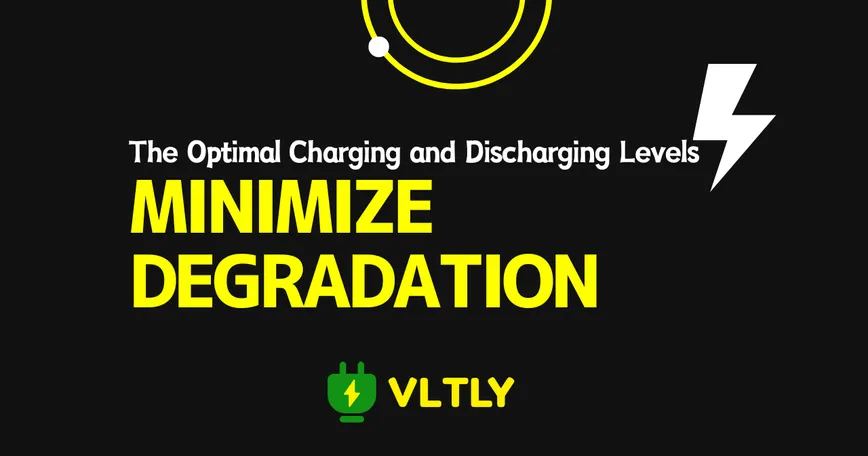
The Optimal Charging and Discharging Levels to Minimize Degradation
Proper charge and discharge management is crucial for the longevity of portable power banks. We explain the optimal charging and discharging levels to minimize degradation.
Posted at: 2024.6.2
Best Practice: Operating Within 20-80% Charge
To minimize battery degradation in portable power stations, it is recommended to operate lithium-ion batteries within a mid-range charge state (20% to 80%). This range of charge and discharge places less stress on the electrode materials and reduces the degradation of the Solid Electrolyte Interface (SEI) layer, thus extending the battery's lifespan.
Why Does Fully Charging a Portable Power Station Cause Degradation?
Electrode Material Degradation Due to High Voltage
The voltage of a lithium-ion battery changes according to its charge state. As the battery charges, the internal voltage rises, and it increases rapidly once it exceeds 80%. In a high voltage state, chemical reactions within the battery become more active, accelerating the degradation of electrode materials.
Stress on Electrode Materials
During charging, lithium ions move from the positive electrode to the negative electrode, inserting into the electrode materials. In a high charge state, excessive insertion of lithium ions places stress on the electrode materials, leading to micro-cracks and degradation, which contribute to battery deterioration.
SEI Layer Formation and Degradation
The SEI layer forms on the negative electrode during charging. While this layer is crucial for battery stability, high charging voltages can cause excessive SEI formation and accelerate its degradation.
Why Does Complete Discharge Degrade Portable Power Stations?
Changes in Internal Chemical Reactions
Lithium-ion batteries maintain stability by keeping an appropriate voltage. Complete discharge alters the internal chemical structure, leading to a reduction in battery capacity.
Imbalance Among Cells
Batteries consist of multiple cells, and complete discharge can disrupt the balance between them. This imbalance accelerates overall battery degradation.
Malfunction of Over-Discharge Protection Circuit
Many portable power stations include protection circuits to prevent over-discharge. Frequent complete discharges can impair the functionality of these circuits, causing battery degradation and potential operational issues.
Rapid Charging Also Causes Battery Degradation
Heat Generation During Rapid Charging
High-speed charging generates heat within the battery. Elevated temperatures accelerate chemical reactions, leading to battery degradation. High temperatures, particularly at high charge states, further expedite electrode material deterioration.
Uneven Distribution of Lithium Ions
Rapid charging can result in an uneven distribution of lithium ions within the electrode materials. This uneven distribution causes localized stress and degradation, contributing to battery deterioration.